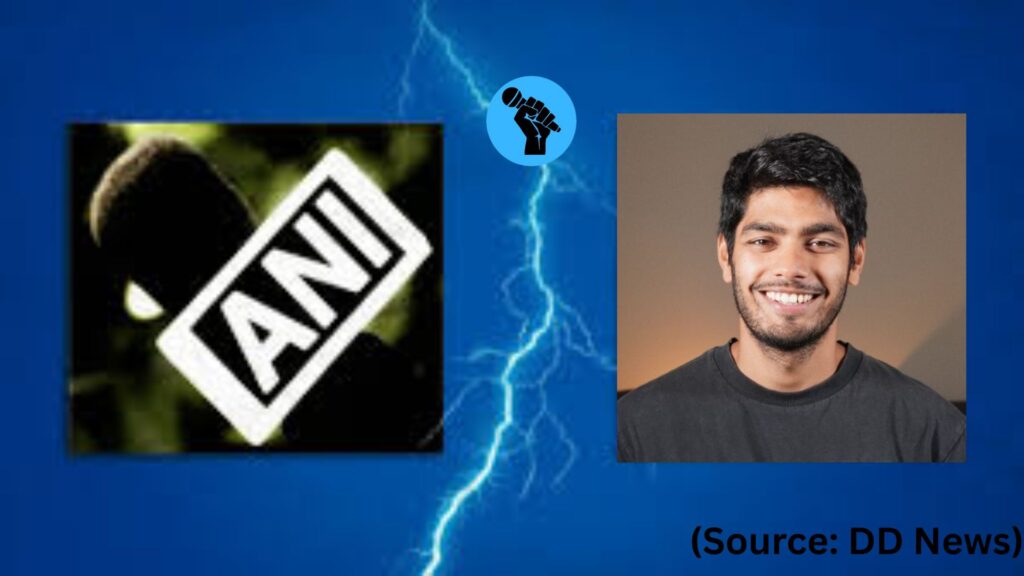ANI vs YouTuber Mohak Mangal: A major controversy has erupted between Asian News International (ANI), one of India’s most prominent news agencies, and several independent YouTube content creators. At the heart of this clash is the use of copyrighted news footage on YouTube, which ANI claims violates its intellectual property rights. According to multiple reports and statements from affected creators, ANI has issued several copyright strikes under YouTube’s copyright policy system, demanding huge monetary compensation to revoke those strikes — amounts ranging from ₹10 lakh to ₹50 lakh.

Several creators, including well-known YouTuber Mohak Mangal, have publicly accused ANI of misusing YouTube’s content ID and copyright claim system as a tool for “extortion.” Mangal stated that his use of short news clips — often less than 10 seconds — in educational and analytical videos should fall under fair use, a legally recognized exception under Indian copyright law and YouTube policy. His video about a sensitive news issue allegedly triggered the strike, and he claims that ANI demanded ₹45-50 lakh to lift the claim, failing which his channel faced possible deletion.
Another anonymous creator, going by the name “Sumit,” also claimed to have received multiple copyright strikes from ANI, demanding ₹15-18 lakh to settle. Multiple other creators shared similar experiences online, expressing concern that these copyright claims were being used more as a tool of intimidation than legitimate enforcement. The pattern has sparked a larger conversation in India’s creator economy about what constitutes fair use and whether large institutions are using legal tools to suppress independent commentary.
YouTube’s copyright policy allows rights holders to flag and strike content they believe infringes on their intellectual property. However, the platform also recognizes fair use — permitting content such as commentary, criticism, education, or reporting — although the boundaries are not clearly defined. This ambiguity leaves creators vulnerable, especially when copyright holders choose to be aggressive with takedown requests. YouTube itself has clarified it does not make final legal judgments on what constitutes fair use, placing that responsibility on copyright holders.
In India, Section 52 of the Copyright Act outlines exceptions to infringement under “fair dealing,” which includes content created for private research, education, criticism, or current event reporting. But this too is subject to interpretation. Key factors include the purpose of use, the extent of material used, and whether the content competes with the original work financially. Given this lack of legal clarity, many creators say they are forced to either pay or risk losing their digital platforms entirely.
The controversy has sparked political and social backlash, with figures like Member of Parliament Saket Gokhale raising questions about ANI’s tactics and their implications for media freedom and digital democracy. Critics argue that ANI’s approach threatens the ecosystem of independent journalism and educational content on YouTube, where fair commentary plays a vital role. The broader community is now urging for better regulation, more transparent copyright processes, and protection for creators using news content responsibly.
As this debate unfolds, it underscores the urgent need for balanced enforcement of copyright laws, clearer definitions around fair use, and a platform-level commitment to transparency. The ANI vs YouTubers controversy is not just about a few videos — it’s a wake-up call for India’s digital content future.
